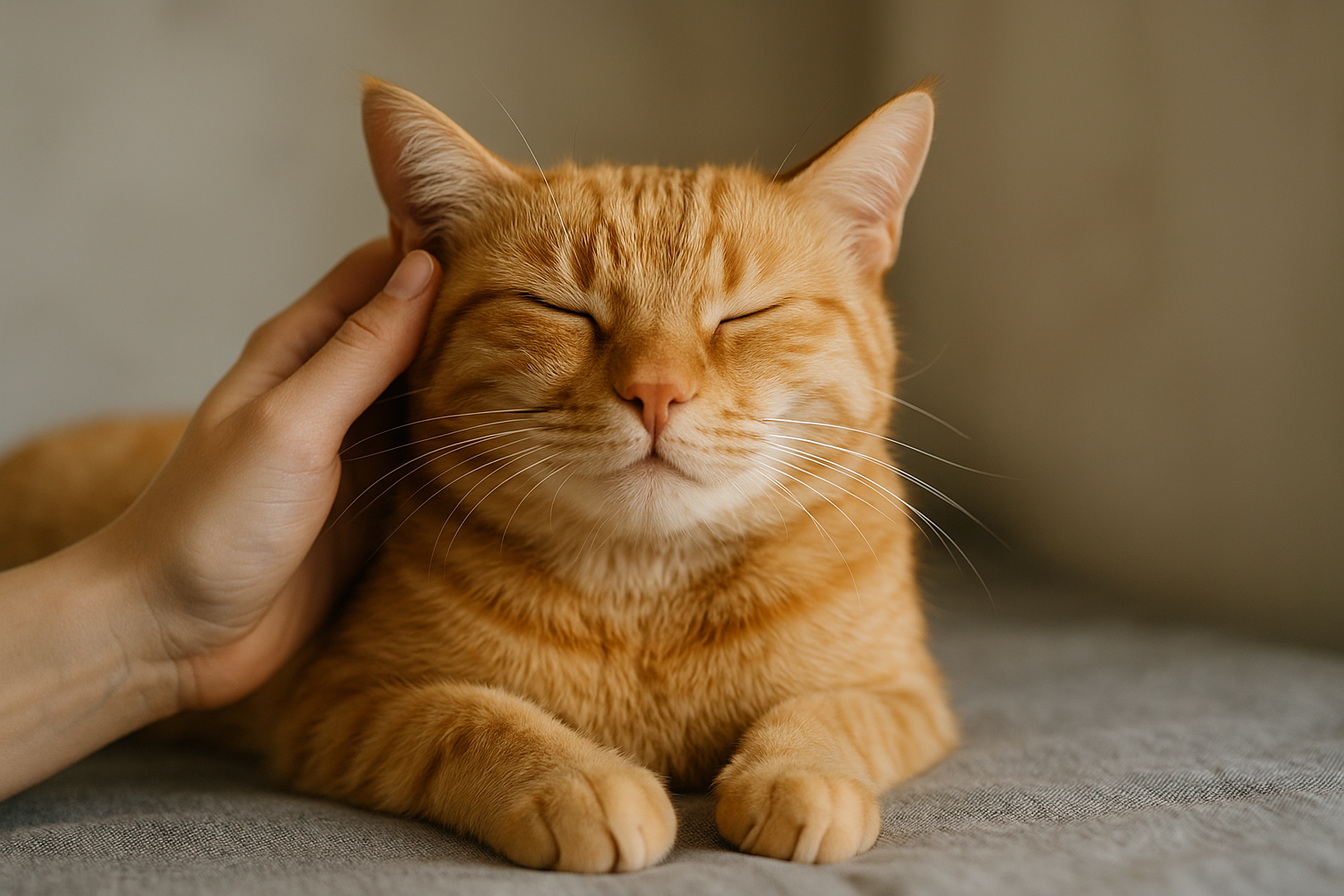Scientific Secrets Behind Your Feline's Strangest Habits
Cats have long been enigmatic companions to humans, captivating us with their mysterious behaviors and seemingly aloof demeanor. While some of their actions may appear bizarre or inexplicable, science has been steadily unraveling the secrets behind these feline quirks. From their peculiar hunting techniques to their inexplicable love for boxes, each behavior is rooted in evolutionary adaptations and biological imperatives. This article delves into the scientific underpinnings of your cat’s strangest habits, offering insights into their world and enhancing your understanding of these fascinating creatures. Prepare to embark on a journey through the mind of your feline friend, as we explore ten intriguing aspects of their behavior.
The Art of Purring: More Than Just Contentment

Purring is often associated with a cat's contentment, but the science behind this soothing sound reveals a complex communication tool. Cats purr at a frequency between 25 and 150 Hertz, which has been shown to have therapeutic effects, potentially promoting healing and reducing pain. Research suggests that cats may use purring as a self-soothing mechanism in stressful situations, such as during visits to the vet or when injured. Additionally, kittens purr to communicate with their mother, signaling that they are safe and content. This multifaceted behavior underscores the adaptive nature of purring, serving both social and physiological functions within a cat’s life.